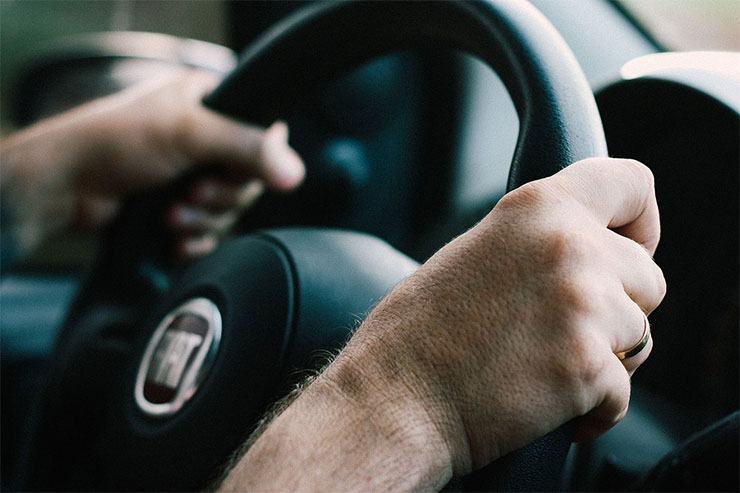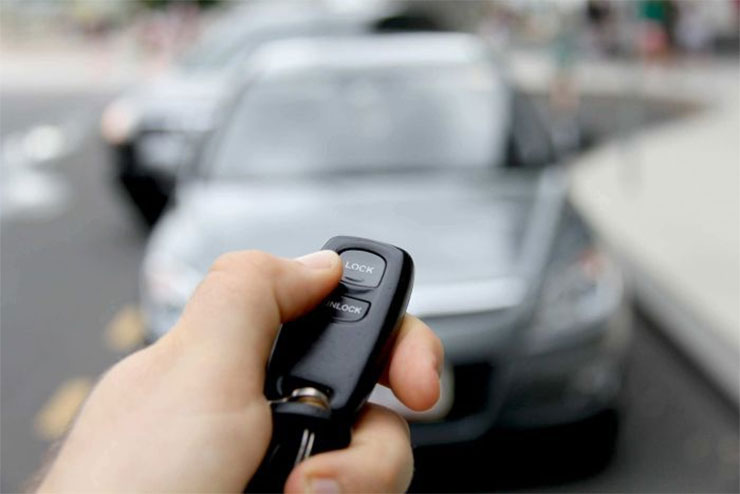It is a fact that the first thing most passengers check out for before purchasing a vehicle is the safety system it operates. Safety is so vital in the automotive industry. The article focuses on car safety systems that are used when manufacturing automobile vehicles.
Table of Contents
Intro
The safety of passengers is vital in the present-day automotive industry. The major players in the automotive industry are all in agreement that passenger and driver safety is necessary in the manufacturing of vehicles. This is why these manufacturers have continued to roll out much technological advancement that target passenger and pedestrian safety. An approach that can be best described as proactive and the efforts on getting the public aware of the technologies have made the automobile systems gain more popularity.
Sadly, the use of these safety technologies varies greatly by country. Countries that are considered developed naturally have a high understanding and acceptance of the advancements focused on passenger safety.
There are two types of safety systems used in the automotive industry to provide means to reduce the incidence of road accidents. These systems are active and passive automotive safety systems.
There are different types of systems that are under the active and passive systems and we’ll be looking at them in the next section.

Types of active automotive safety systems
The active automotive system is made to prevent the accident before it ever takes place. The active system is also used to deliver a warning before the accident ever takes place. Systems such as anti-lock braking, pressure monitoring system, blind spots detection, noise reduction inside the car, warning signs and instrumentation clarity, electronic stability control system, brake assist system, chassis assist system among other safety measures. These safety systems are designed to forestall the incidence of a car crash.
Types passive automotive safety systems
The passive automotive safety systems are made to minimalize the damage that would have been done to occupants of the vehicle when there is an actual car crash. These systems are also designed to provide protection to pedestrians. The passive automotive systems are seat belts, airbags, amongst others. A passive restraint can also be classified as a type of these systems. But you may wonder “What is a passive restraint?” A passive restraint is a system designed for the safety of the occupants of a vehicle in the event of an air crash. The airbag is a type of passive restraint and should be a mainstay in your vehicle to prevent serious injuries and losses from any accident.
Safety trends in the automotive industry
It has been recently seen in the automotive that there is a greater need for safety in countries that have a great number of consumers. There is evidence that manufacturers of safety systems in many fully developed countries have been engaged in stiff competition for a while now, this has made manufacturers of original equipment shift their attention to the budding markets in many developing countries. There is now a greater need for safety systems in the developing markets due to improvements in safety legislation by the governments of these countries and also an increased awareness of the need for safety by consumers. There are safety programmes that now give ratings to cars based on the safety such cars can provide and guarantee.
Testing the automotive safety systems
Test-running the automotive safety systems is vital as it provides information that could lead to more advanced safety technology. It is also a way to determine the efficiency of the safety system in vehicles. Testing of automotive safety systems are mostly carried out virtually before the system is tested by humans. There are also some testing procedures that involve making use of vehicles that are automatically driven. These cars are set to perform in different scenarios to determine if the safety systems are effective.
The use of HUD in car safety
The heads-up display (HUD) continues to command wide usage in the automotive industry. Due to the increasing use of HUD, many luxury vehicles now have this feature. It is also noted that there is an increased need for safety and comfort of passengers. This has made it compulsory for car manufacturers to add the HUD to medium level and luxury cars. There are growing markets around the world where HUD continues to gain momentum in car safety systems. The European automotive industry is among one of the most developed in the world. This is seen in the way HUD is used in the car manufacturing industry. An increase in awareness of the safety and comfort of drivers has now made the use of HUD a regular fixture in many cars made in Europe. HUD is used for many safety systems, and systems such as the windshield heads-up display, the AR heads-up display and the combiner HUD technology are some of the applications of HUD in car safety.
Conclusion
In every vehicle, there is an extended amount of time taken to ensure it is safe for drivers and passengers. There are in-built safety systems in vehicles today that are designed to prevent the incidence of accidents. These systems are simple, such as power steering systems and brakes. All these systems make up the life-saving tech the manufacturers continue to provide to ensure the safety of its users.













